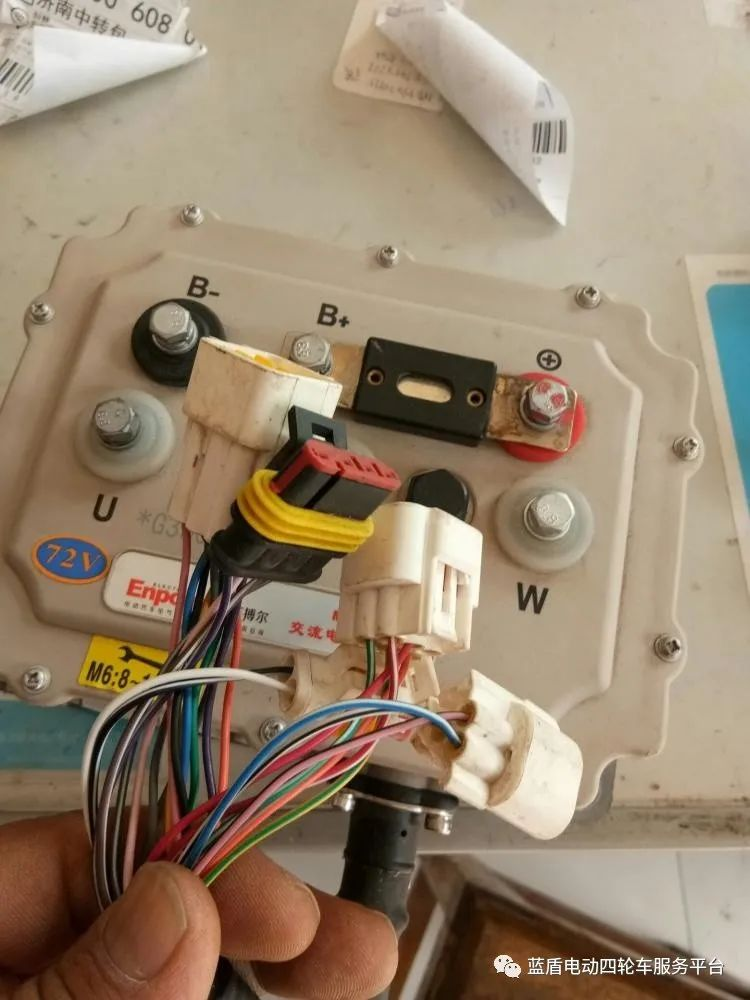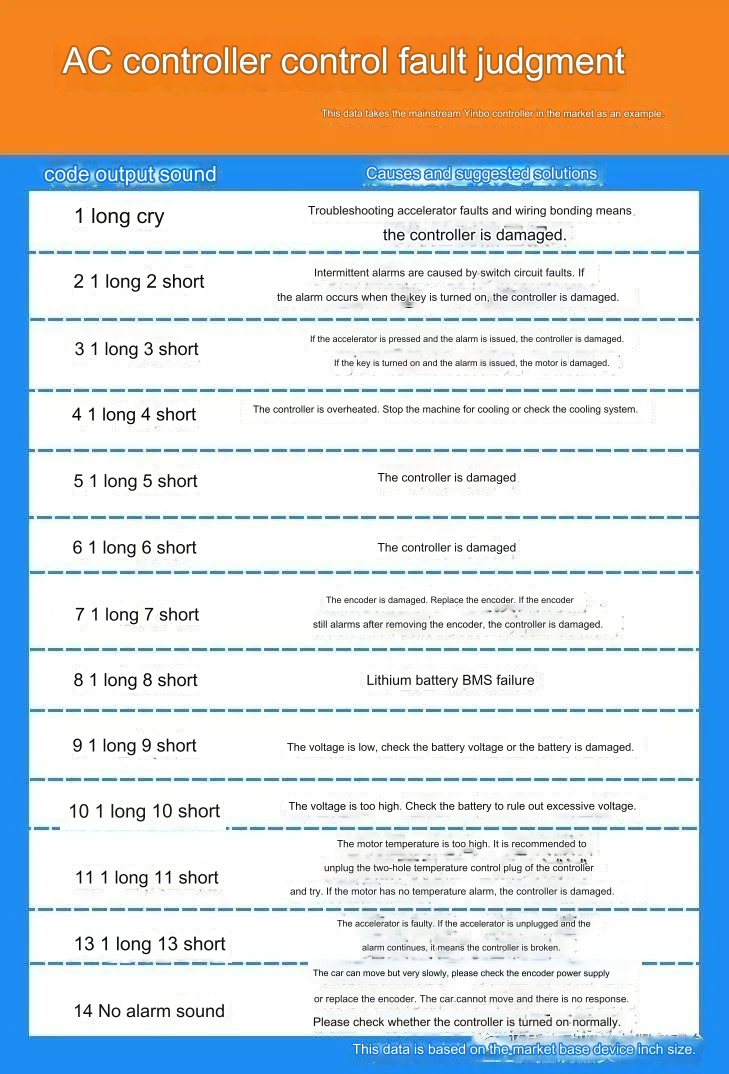Four-wheel low-speed electric vehicles: Answers to controller-related questions
First, let’s take a brief look at the four-wheel low-speed electric vehicle controller:
By simply understanding the basic situation of the controller, we can have a rough idea and an impression of the importance of the controller. The controller is the second most expensive accessory in the whole vehicle assembly. According to the data in the past year, the number of cases of controller burnout in low-speed four-wheel vehicles has increased more and more.
Controller failures are usually sudden and there are too many uncontrollable factors. Most of them are caused by excessive current causing mainboard burnout. Some are also caused by poor line contact and loose connecting wires.
Generally, when the vehicle cannot move, after stepping on the accelerator pedal, we can hear a “beep, beep” sound near the controller. If we listen carefully, we will find a long “beep” and then several short “beep” sounds. According to the number of alarm “beeps” and comparing with the above picture, we can have a general understanding of the vehicle fault situation, which is convenient for subsequent maintenance work.
How to better extend the service life of the four-wheel low-speed electric vehicle controller or reduce its damage, personal suggestions:
1. Try not to adjust the vehicle speed too high, which will increase the output power of the controller and easily cause overcurrent, heating and ablation.
2. When starting or changing speed, try to press the accelerator slowly, do not press it too quickly or even hard.
3. Check the controller connection lines more often, especially to see whether the five thick wires heat evenly after long-distance use.
4. It is generally not recommended to repair the controller by yourself. Although the repair is much cheaper, the repair process is basically
Failure to meet design standards, most cases of secondary ablation































 XINDA
XINDA